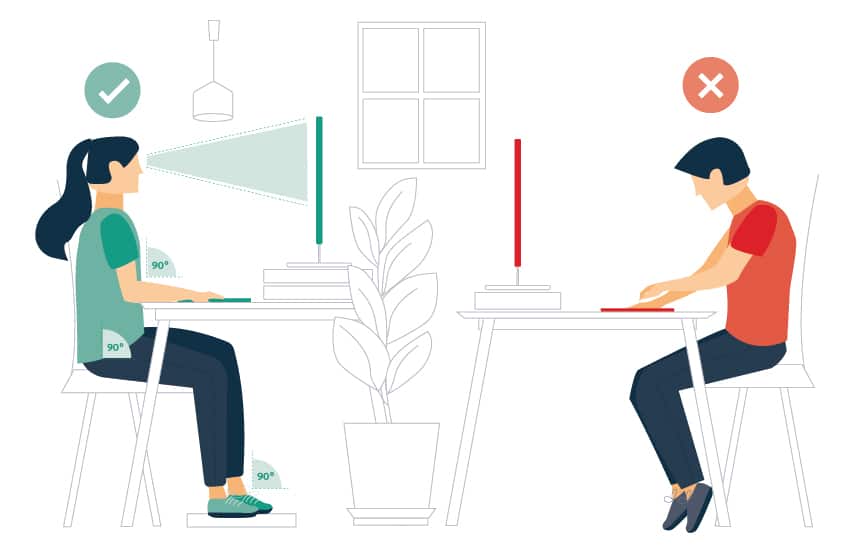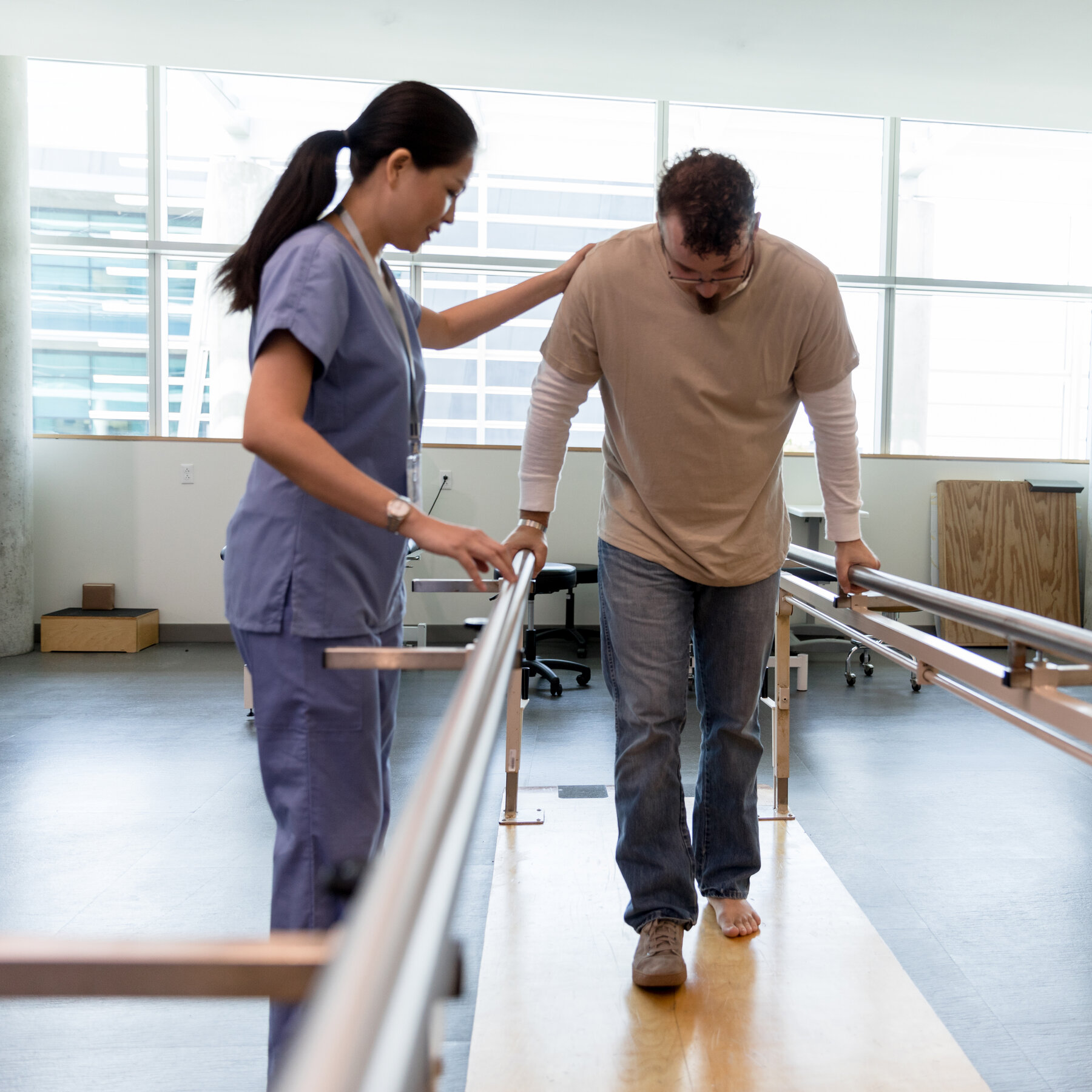Ergonomic Essentials: Creating a Workspace that Supports Your Body
Have you ever finished a long day at work only to be met with a stiff neck, aching back, or sore wrists? You’re not alone. Many people experience discomfort from their workspaces, especially if they spend hours sitting at a desk. The good news is that you can take control and prevent these aches and pains with a few simple changes. This is where ergonomics comes in.
Ergonomics is all about designing your workspace to fit your body and how you work. By making a few adjustments, you can reduce stress on your muscles, tendons, and joints, leading to a healthier and more comfortable you.
Setting Up Your Workstation for Success
Let’s break down how to create an ergonomic workspace that supports your body from head to toe:
1. Chair:
Adjustability is Key: Choose a chair that allows you to adjust the height so your feet are flat on the floor and your knees are at a 90-degree angle.
Lumbar Support: Make sure your chair provides good lower back support. If needed, use a rolled-up towel or a lumbar pillow to fill the gap between your lower back and the chair.
Armrests: Adjust armrests so your elbows are bent at a 90-degree angle and your shoulders are relaxed.
2. Desk:
Find the Right Height: Your desk should be at a height that allows your elbows to bend at a 90-degree angle while typing. If your desk is too high, consider using a keyboard tray.
Clear the Clutter: Keep frequently used items within easy reach to avoid unnecessary stretching and reaching.
3. Computer Setup:
Monitor Placement: Position your monitor directly in front of you, about an arm’s length away. The top of the screen should be at or slightly below eye level.
Keyboard and Mouse: Place your keyboard and mouse directly in front of you, close enough to avoid reaching. Use a keyboard wrist rest if needed.
Take Breaks from Typing: Every 20-30 minutes, take a break from typing to stretch your hands and wrists.
4. Posture Perfect:
Sit Up Straight: Maintain good posture by sitting up straight with your shoulders relaxed and your head level. Avoid slouching or hunching over your keyboard.
Take Standing Breaks: If possible, stand up and move around for a few minutes every hour to reduce pressure on your spine and improve circulation.
5. Lighting is Everything:
Natural Light is Best: Position your workstation near a window to take advantage of natural light.
Reduce Glare: Adjust blinds or curtains to minimize glare on your computer screen.
Use Task Lighting: If needed, use a desk lamp to provide additional light for reading and writing.
Small Changes, Big Impact
Creating an ergonomic workspace doesn’t have to be complicated or expensive. Even small changes can make a big difference in preventing musculoskeletal pain and improving your overall well-being. By following these tips, you can create a workspace that supports your body and helps you stay healthy and comfortable throughout your workday.
For more information on ergonomics and workplace health, visit the following resources:
The Occupational Safety and Health Administration (OSHA): [OSHA Website Link]
The National Institute for Occupational Safety and Health (NIOSH): [NIOSH Website Link]









